Working a large garden while blind
brandywine2001
19 years ago
Related Stories
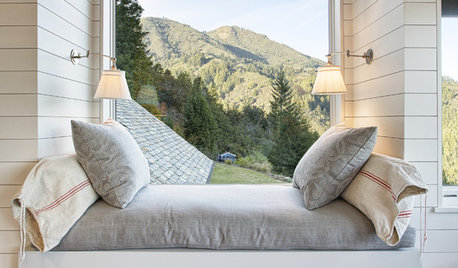
WINDOWSPhoto Flip: 85 Window Seats for Whiling Away the Day
Grab a good book and settle in for a spell in one of these amazing window seats
Full Story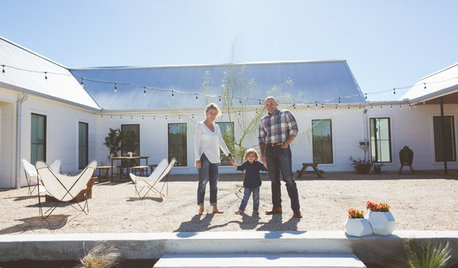
REMODELING GUIDESHow to Remodel Your Relationship While Remodeling Your Home
A new Houzz survey shows how couples cope with stress and make tough choices during building and decorating projects
Full Story
WINDOWSTreatments for Large or Oddly Shaped Windows
Get the sun filtering and privacy you need even with those awkward windows, using panels, shutters, shades and more
Full Story
CONTEMPORARY HOMESHouzz Tour: A Home Designed to Make Work a Pleasure
A house built for working, cooking, gardening and entertaining opens to the landscape while offering shelter from the summer sun
Full Story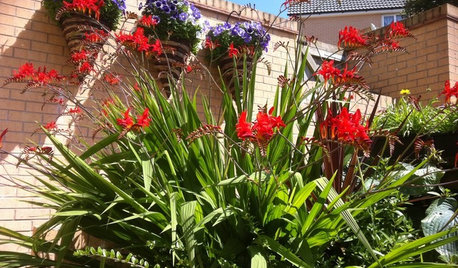
URBAN GARDENSPut Plants to Work in Small Gardens
Grasses, ground cover and more keep small gardens big on visual interest
Full Story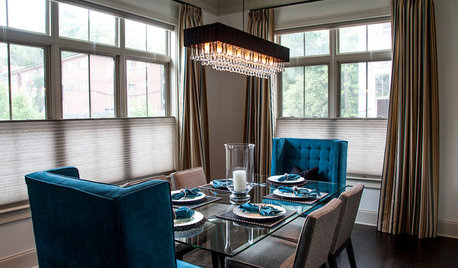
WINDOW TREATMENTSHow to Choose the Right Window Blinds
Get the privacy, light filtering and look you want with this breakdown of blind options
Full Story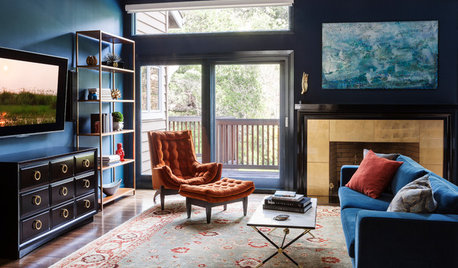
TRANSITIONAL STYLERoom of the Day: Dramatic Redesign Brings Intimacy to a Large Room
The daunting size of the living room once repelled this young family, but thanks to a new design, it’s now their favorite room in the house
Full Story
BATHROOM MAKEOVERSWasted Space Put to Better Use in a Large Contemporary Bath
Bad remodels had managed to leave this couple cramped in an expansive bath. A redesign gave the room a luxe hotel feel
Full Story
DECORATING GUIDES13 Strategies for Making a Large Room Feel Comfortable
Bigger spaces come with their own layout and decorating challenges. These ideas can help
Full Story
FALL GARDENING5 Ways to Put Fall Leaves to Work in Your Garden
Improve your soil and yard the organic way with a valuable garden booster that grows on trees
Full Story





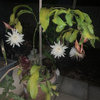
Blind_Aquilegia
enchantedplace
Related Professionals
Saint Louis Park Landscape Architects & Landscape Designers · Roxbury Crossing Landscape Architects & Landscape Designers · Paradise Landscape Architects & Landscape Designers · Arlington Landscape Contractors · Bethlehem Landscape Contractors · McKinney Landscape Contractors · Ashburn Landscape Contractors · Canton Landscape Contractors · Laguna Hills Landscape Contractors · Pompton Lakes Landscape Contractors · Rio Linda Landscape Contractors · Rockwall Landscape Contractors · Streamwood Landscape Contractors · Washington Landscape Contractors · West Haverstraw Landscape Contractorsellen_
Brydges